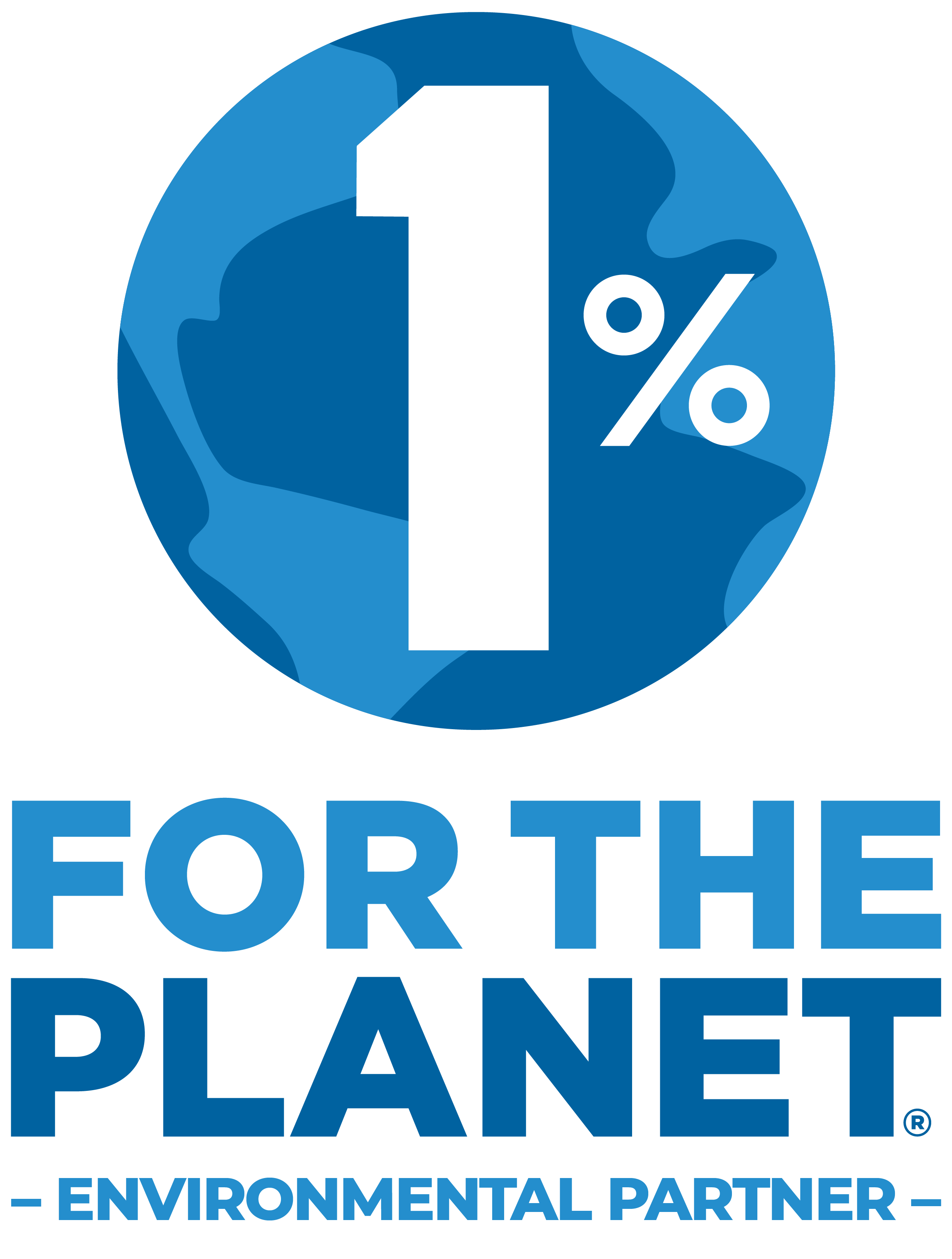Active banners: 1 Visible banners: 1
Banner ID: 25 Has content: true
Join us for the Teaching Economics through Climate – The Snowmobile Business Plan - January 13, 2026 4-5pm ET
What Is Ocean Acidification?
Provided by: ACE |Published on: April 27, 2021
Videos
6789101112
Synopsis
- This easy-to-follow video and worksheet will teach students about carbon emissions, climate change, acidic water in the oceans, the impacts to marine life, and what we can do to help.
- The video thoroughly explains the scientific process of ocean acidification with helpful visuals to illustrate the chemical processes that occur between dissolved carbon dioxide, hydrogen ions, calcium carbonate shells, and carbonate ions in the ocean.

Subjects: Social Studies, Chemistry, Biology, Earth and Space Sciences
Authors: ACE
Region: Global
Languages: English
Teaching Materials
Positives
- While this video contains extensive scientific vocabulary related to ocean acidification, it is scaffolded by the use of graphics and illustrations.
Additional Prerequisites
- Students should be familiar with concepts such as climate change and fossil fuel use.
- The video is available without an account, but teachers need to make a free account to access the additional materials.
Differentiation
- Pausing the video after each new concept is introduced and checking for understanding or leading a discussion could be helpful.
- Stop at 00:40 and discuss the concept of carbon sources and sinks. Guiding questions might include "Why is a carbon sink a good thing?" and "How does the ocean act as a carbon sink?".
- In biology or social studies classes, discuss how the threat to shelled sea creatures impacts the whole ocean food web and the people that rely on it for food.
- For additional content about ocean acidification, you can reference this Climate Change and the Oceans resource here and this video about ocean acidification and coral reefs.
Scientist Notes
Teaching Tips
Standards
Resource Type and Format
About the Partner Provider

Action for the Climate Emergency (ACE)
Action for the Climate Emergency (ACE)'s mission is to educate, inspire and support young people to lead the fight for their future. To achieve their mission, ACE ensures young people have everything they need to understand the science of climate emergency and advocate for solutions.
All resources can be used for your educational purposes with proper attribution to the content provider.



